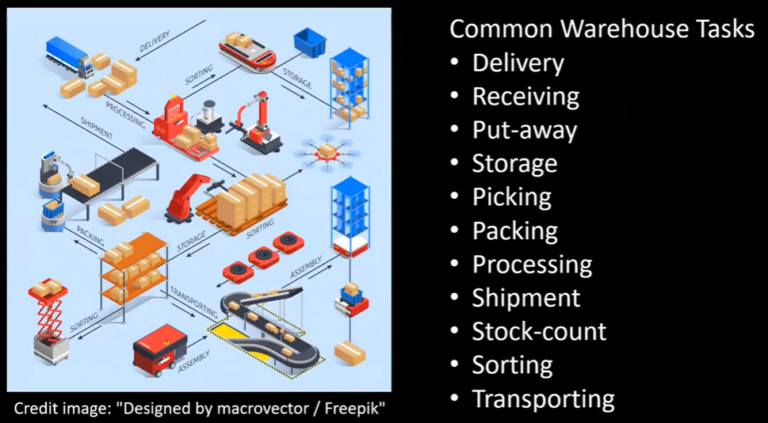5G spectrum explained
5G spectrum is a range of radio frequencies that are used to transmit data over 5G networks. 5G spectrum is an important resource for wireless carriers and mobile network operators, as it enables faster data transfer speeds, more reliable connectivity, and greater capacity to support a growing number of devices.
Here are some of the uses of 5G spectrum:
- Enhanced Mobile Broadband (eMBB): 5G spectrum can be used to deliver faster download and upload speeds, allowing users to download large files or stream high-quality video content quickly and seamlessly.
- Internet of Things (IoT): 5G spectrum can support a massive number of connected devices with low latency, high reliability, and energy-efficient communication, enabling the deployment of smart cities, connected vehicles, and industrial automation applications.
- Mission-Critical Communications (MCC): 5G spectrum can provide ultra-reliable and low-latency communication services for critical applications such as emergency response, public safety, and healthcare.
- Fixed Wireless Access (FWA): 5G spectrum can be used to provide high-speed internet access to homes and businesses in areas where traditional wired broadband is not available or expensive to deploy.
- Private Networks: 5G spectrum can enable the deployment of private networks that are tailored to specific industries or enterprise needs, offering dedicated connectivity, low latency, and high reliability.
Overall, 5G spectrum is a critical resource that enables a wide range of applications and services that can improve productivity, efficiency, and quality of life. As 5G networks continue to expand, the use of 5G spectrum will become increasingly important to support the growing demand for high-speed, reliable, and secure wireless connectivity.
eMBB details
Enhanced Mobile Broadband (eMBB) is one of the primary use cases of 5G spectrum, which aims to provide significantly faster download and upload speeds, lower latency, and better network reliability compared to 4G LTE networks. eMBB is expected to offer a seamless and immersive experience for multimedia applications such as high-definition video streaming, online gaming, and virtual and augmented reality.
Here are some details of eMBB and how it uses 5G spectrum:
- High-Speed Connectivity: eMBB enables high-speed connectivity over 5G networks, with theoretical peak data rates of up to 20 Gbps. This is achieved through the use of higher-frequency bands, such as millimeter-wave (mmWave) spectrum, which offers wider bandwidths and faster data transfer rates than traditional sub-6 GHz bands.
- Multi-User Support: 5G spectrum used for eMBB can support a large number of users simultaneously, enabling carriers to provide better quality of service and user experience in high-density environments such as stadiums, airports, and urban areas.
- Lower Latency: eMBB aims to provide lower latency than 4G LTE networks, with typical latency times of 1-2 milliseconds. This is achieved through the use of edge computing and network slicing technologies, which reduce the time it takes for data to travel between devices and the network.
- Beamforming and MIMO: eMBB also uses advanced technologies such as beamforming and multiple-input multiple-output (MIMO) to improve network performance and capacity. Beamforming enables the network to focus radio waves on specific devices, improving signal strength and reducing interference, while MIMO enables multiple antennas to transmit and receive data simultaneously, improving network efficiency and data rates.
Overall, eMBB is expected to provide significant improvements in speed, latency, and capacity compared to previous generations of mobile networks, enabling new and innovative multimedia applications and services. 5G spectrum plays a critical role in supporting eMBB, offering wider bandwidths and faster data transfer rates that enable carriers to provide a more seamless and immersive user experience.
Common 5G use cases
Enhanced Mobile Broadband (eMBB) is expected to offer significant improvements in speed, latency, and capacity compared to previous generations of mobile networks. Here are some of the best use cases of eMBB:
- High-Definition Video Streaming: eMBB’s faster data transfer rates and lower latency make it ideal for streaming high-definition (HD) and ultra-high-definition (UHD) video content. This could enable users to stream 4K and 8K video on their mobile devices without buffering or lag.
- Virtual and Augmented Reality (VR/AR): eMBB’s low latency and high data transfer rates can enable real-time VR and AR applications. This could enable users to have a more immersive and interactive experience, such as playing games or attending virtual events.
- Cloud Gaming: eMBB can enable cloud gaming services, which rely on low latency and high data transfer rates to stream games from the cloud to mobile devices. This could enable users to play high-quality games on their mobile devices without requiring a powerful local processor.
- Smart Homes and IoT: eMBB can enable faster and more reliable connectivity for smart homes and Internet of Things (IoT) devices, enabling more seamless and efficient control of home appliances and connected devices.
- Remote Work and Telemedicine: eMBB can enable remote work and telemedicine applications, which rely on high-quality video conferencing and low-latency communication. This could enable remote workers and patients to have a more seamless and immersive experience, similar to being in a physical office or medical facility.
Overall, eMBB has the potential to enable a wide range of innovative applications and services that require high-speed, low-latency, and reliable connectivity. As 5G networks continue to expand, the use cases for eMBB are expected to grow, enabling new and innovative multimedia applications and services that could transform the way we live, work, and communicate.


